Preserving physical function in older age is essential to maintaining independence and it all starts each day by getting out of bed and getting moving. But many elderly adults struggle just to sit up in bed, let alone get on their feet and walk. And the more time seniors spend in bed, the greater the risk for life threatening side effects.
Without weight bearing exercise, bones become brittle, skin can thin and bed sores may form from long periods spent in one position, muscles atrophy and without regular activity, blood vessels can become prone to clots. Remaining in one position can also allow lungs to collect secretions and pneumonia can take hold. And the list goes on and on; remaining in bed is probably one of the worst things an aging adult can do for their health and well being.
Recent research has found that people who’s mobility improves during the first 48 hours following hospital admission seldom die, however nearly 75 per cent of those who’s mobility worsens do perish. To help frail older adults get moving, whether in hospital, a nursing home or at home, using assistive devices can offer some middle ground between staying in bed all day and being fully mobile and independent.
Before an elderly adult can get on their feet, with or without the assistance of a walker or cane, they first must be able to rise to a seated position and swing their legs over the edge of the bed. There are a number of assistive devices that can be employed to help individuals rise to a seated position; a bed ladder made of webbing with hand holds at regular intervals can be looped over the bed post or around the bed leg. And to help rise up to standing, a bed assist rail can provide a sturdy grab bar to push off from and help steady an older adult.
For more assistive devices that can aid in daily living and promote wellness and independence, visit Brown Healthcare by following this link. To read more on how older people move in bed when they are ill, visit the British Geriatric Society here.

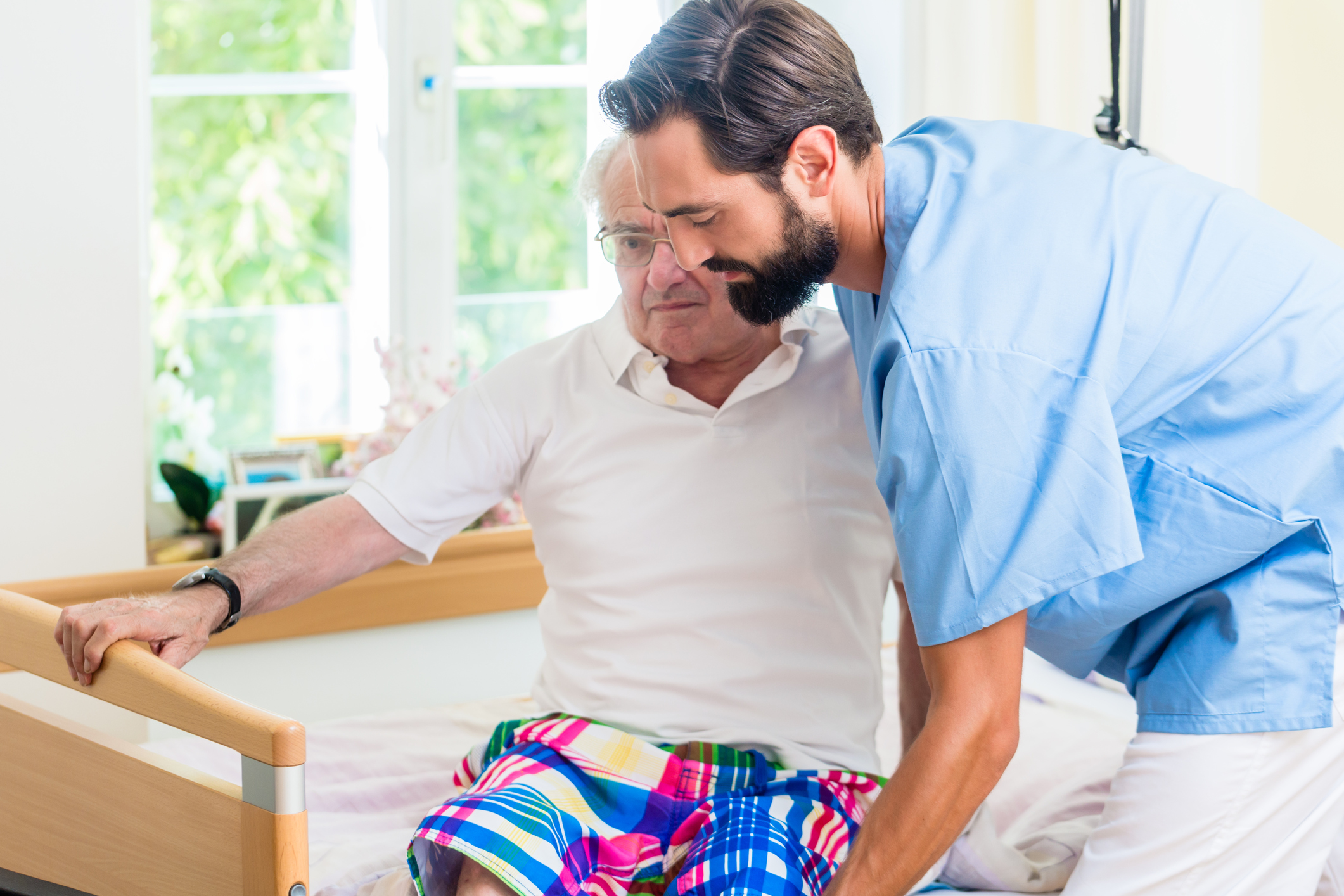

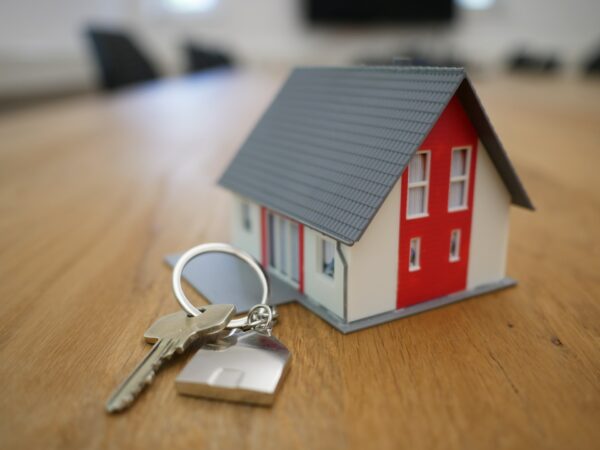
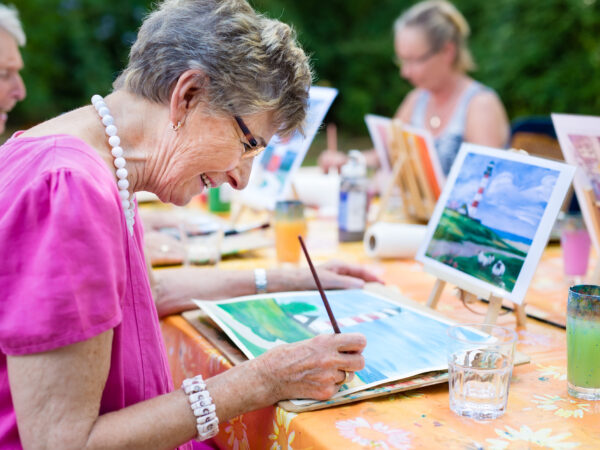
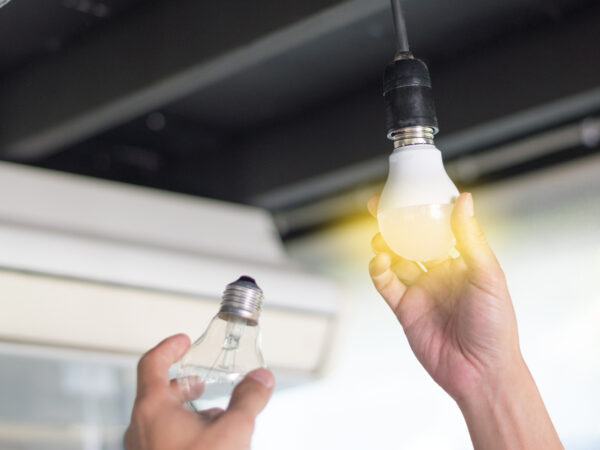
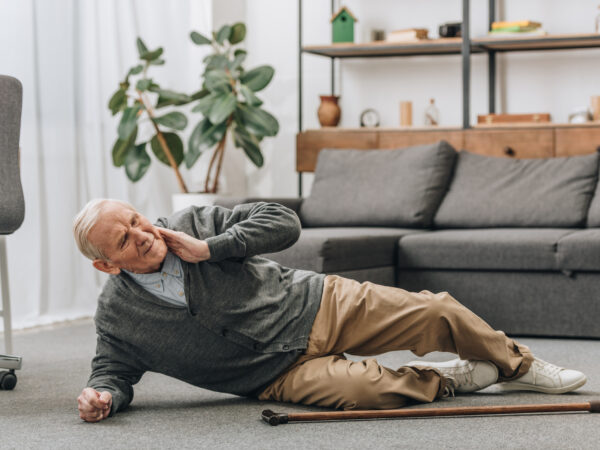
Add Your Voice
0 Comments
Join the Discussion